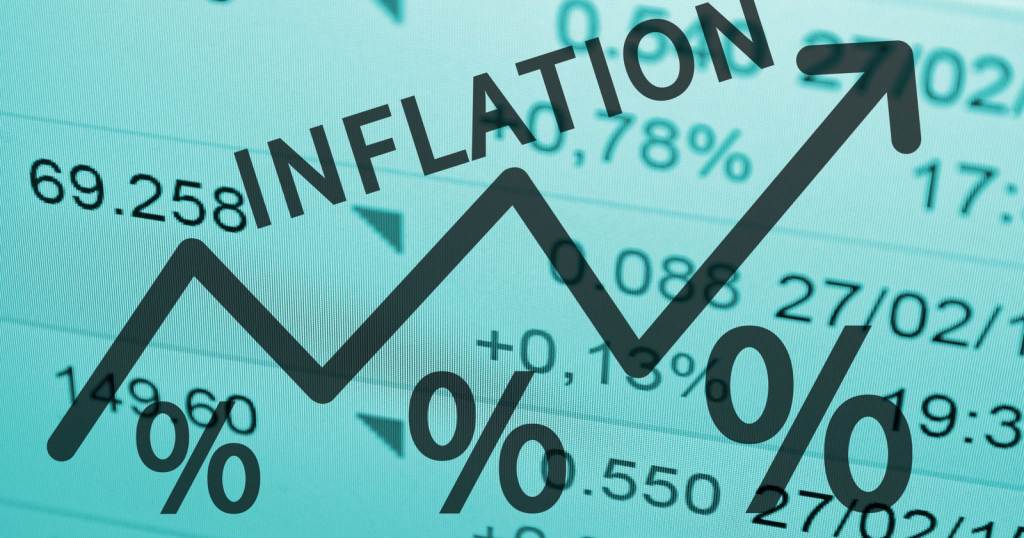Fresh details released by the National Bureau of Statistics (NBS), Nigeria’s headline inflation rose to a fresh 17-year high, increasing by 18bps to 22.22% y/y in April (March: 22.04% y/y). We attribute the price increases to the festive-induced demand and higher transport costs in the review period. Accordingly, the breakdown provided showed that food prices rose further by 16bps to 24.61% y/y while the core inflation (+28bps to 20.14% y/y) remained at its highest level since May 2004 (23.43% y/y).
Unsurprisingly, food prices maintain their uptrend, rising by 6bps to 2.13% m/m, tracking higher than the 2023 average (2.05% m/m). We believe the increase witnessed in the review month reflects the combined effects of (1) festive-induced demand given the Easter and Ramadan celebrations, and (2) lingering passthrough effects of increased transport costs. Other factors that have been responsible for the sticky food prices include low food supplies exacerbated by the below-historical average cultivation activities and legacy infrastructure constraints. Accordingly, higher farm produce (+38bps to 2.25% m/m) and imported food (+2bps to 1.46% m/m) prices outweighed the impact of slightly lower prices of processed food (-3bps to 2.09% m/m).
Although the core inflation moderated by 38bps to 1.46% m/m (March: 1.84% m/m), we highlight that all the sub-indices recorded month-on-month price growth in the review period. However, on a year-on-year basis, the core basket rose by 28bps to 20.14% (March: 19.86% y/y) given the lingering currency pressures and elevated transport costs. Notably, we highlight that transport costs (+87bps to 23.12% y/y) are now at their highest level since at least 2010 when the NBS started keeping the current data series.
Outlook
According to Famine Early Warning Systems Network (FEWSNET), the month of May marks the start of the planting season in the northern parts of the country, running concurrently with the off-season harvest of April to June. However, planting season started in April in the southern region and continues into May. Given the preceding, we expect the food demand-supply gap to remain wide, supporting high food prices. Against that backdrop, we look for a 2.15% m/m increase in food inflation, translating to a year-on-year print of 24.78%.
While pressures are currently subsiding in the core basket amidst lingering currency pressures, we believe the 2023 Fiscal Policy Measures and 2022 Finance Act introduce fresh risks to the core inflation over the short term. Accordingly, we forecast the core inflation to settle at 1.55% m/m, with the favourable base effects from the prior year cascading to 19.75% y/y.









